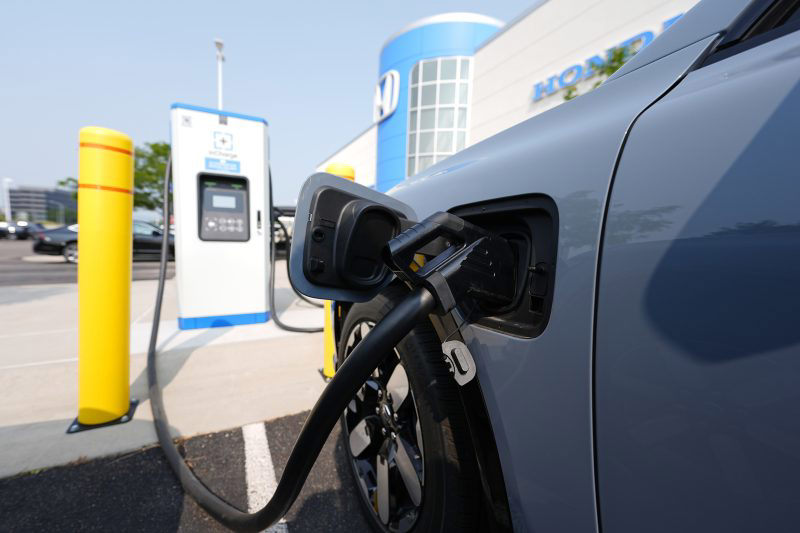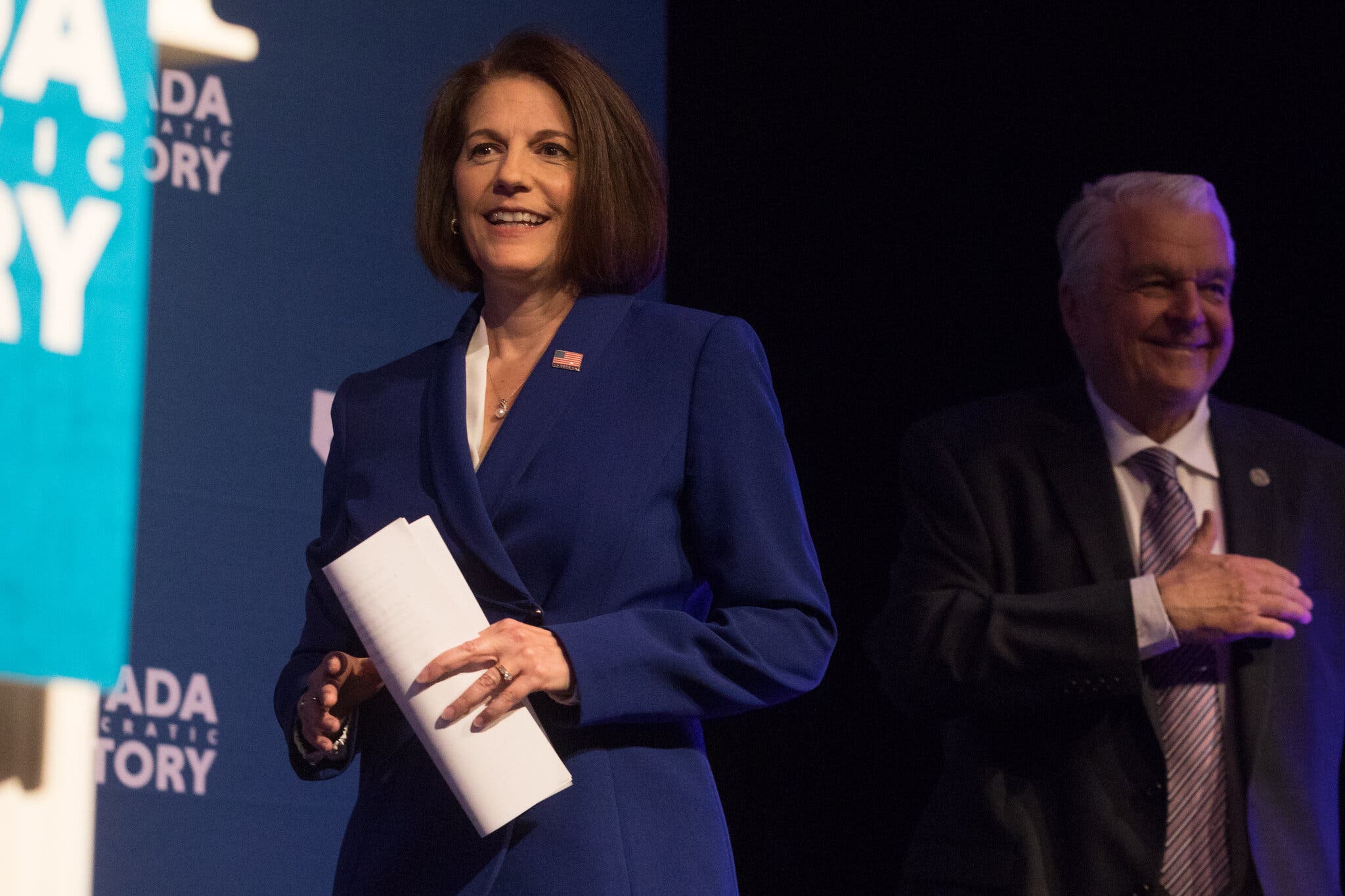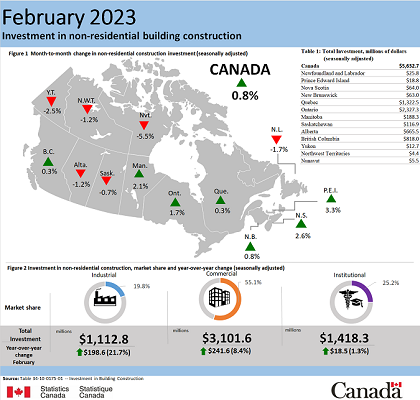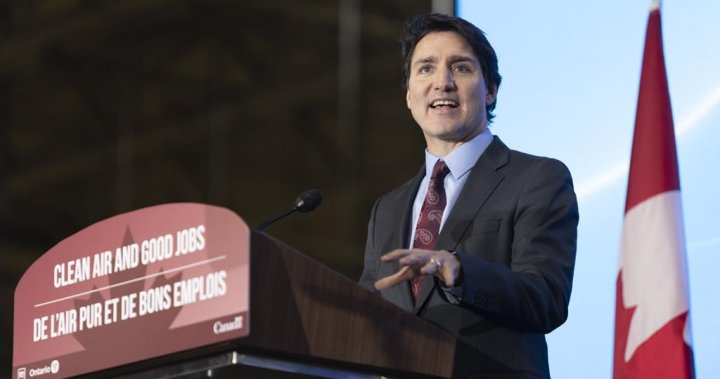CoolSculpting Complications: Understanding The Risks After Linda Evangelista's Experience

Table of Contents
Understanding CoolSculpting and its Mechanism
CoolSculpting, also known as cryolipolysis, is a non-invasive fat reduction procedure that uses controlled cooling to target and eliminate fat cells. The FDA-approved treatment freezes fat cells, causing them to crystallize and die. The body then naturally processes and eliminates these dead cells over several weeks. CoolSculpting is popular among individuals seeking to reduce stubborn fat deposits in specific areas, such as the abdomen, flanks, thighs, and chin.
- Targeted fat cell destruction: CoolSculpting precisely targets fat cells without damaging surrounding tissues.
- Non-invasive nature of the procedure: Unlike liposuction, CoolSculpting doesn't require incisions or anesthesia.
- Recovery time and typical results: Most patients experience minimal downtime, with results becoming visible within a few weeks and continuing to improve over several months.
- Ideal candidates for the treatment: Ideal candidates are generally healthy individuals with localized fat deposits who are close to their ideal weight and have realistic expectations about results.
CoolSculpting Side Effects and Common Complications
While generally safe, CoolSculpting can lead to several side effects, most of which are temporary and mild. These common CoolSculpting complications typically resolve within a few weeks.
- Temporary discomfort: Many patients experience some degree of pain, redness, swelling, bruising, numbness, or tingling at the treatment site.
- Skin sensitivity: The treated area may feel sensitive to the touch for a few days or weeks.
- Changes in skin texture (temporary): Some patients experience temporary changes in skin texture, such as firmness or softness.
- Potential for uneven fat reduction: Results may not be perfectly uniform, potentially requiring multiple treatments for optimal results.
Paradoxical Adipose Hyperplasia (PAH): A Rare but Serious Complication
Paradoxical adipose hyperplasia (PAH) is a rare but serious CoolSculpting complication characterized by a hardening and enlargement of the fat tissue in the treated area. The exact cause of PAH is not fully understood, but it is thought to be related to an unusual response to the cooling process.
- Hardening and enlargement of fat tissue in the treated area: This leads to a visible thickening and hardening of the fat, often resulting in a lumpy or bumpy appearance.
- Limited treatment options: Treating PAH can be challenging and often requires surgical intervention, such as liposuction.
- The need for surgical intervention in severe cases: In some instances, surgery may be necessary to remove the excess, hardened fat.
- Long-term impact on appearance: PAH can significantly impact a patient's appearance and self-esteem.
Minimizing CoolSculpting Risks: Choosing a Qualified Practitioner
Selecting a highly qualified and experienced practitioner is paramount to minimizing the risks associated with CoolSculpting.
- Verify practitioner credentials and experience: Ensure your chosen practitioner is board-certified in dermatology or plastic surgery and has extensive experience with CoolSculpting.
- Thorough pre-procedure consultation: A detailed consultation allows the practitioner to assess your suitability for the procedure and manage expectations.
- Realistic expectations about results: Understand that CoolSculpting is not a weight-loss solution but a body contouring treatment.
- Post-treatment care and follow-up: Adhering to your practitioner’s post-treatment instructions is vital for optimal healing and minimizing the risk of complications.
Alternatives to CoolSculpting for Fat Reduction
Several other options exist for fat reduction, each with its own set of benefits and risks. These alternatives offer different approaches to achieving body contouring goals.
- Liposuction: A surgical procedure that uses suction to remove fat cells.
- Other types of cryolipolysis: Various cryolipolysis devices are available, each with its own technology and approach.
- Radiofrequency treatments: These treatments use heat to destroy fat cells.
- Ultrasound treatments: Ultrasound energy is used to break down and eliminate fat cells.
Conclusion
CoolSculpting can be an effective method for reducing localized fat, but understanding potential CoolSculpting complications is crucial for making an informed decision. While most side effects are temporary and mild, the rare but serious risk of PAH highlights the need for careful consideration and choosing a qualified practitioner. If you're considering CoolSculpting, thoroughly research potential CoolSculpting complications and consult a qualified professional to determine if it's the right choice for you. Don't hesitate to ask questions and discuss any concerns you may have. Remember, informed consent is key to a safe and positive experience.

Featured Posts
-
 Impact Of Tariffs On A Montreal Guitar Business A Case Study
Apr 25, 2025
Impact Of Tariffs On A Montreal Guitar Business A Case Study
Apr 25, 2025 -
 Auto Dealers Double Down On Opposition To Electric Vehicle Regulations
Apr 25, 2025
Auto Dealers Double Down On Opposition To Electric Vehicle Regulations
Apr 25, 2025 -
 President Trump And The Crypto Elite A High Stakes Dinner Meeting
Apr 25, 2025
President Trump And The Crypto Elite A High Stakes Dinner Meeting
Apr 25, 2025 -
 Analyzing The Montana Senate The Democratic And Republican Coalition Fight
Apr 25, 2025
Analyzing The Montana Senate The Democratic And Republican Coalition Fight
Apr 25, 2025 -
 Addressing Air Pollution Should India Implement A National Old Petrol Car Ban
Apr 25, 2025
Addressing Air Pollution Should India Implement A National Old Petrol Car Ban
Apr 25, 2025
Latest Posts
-
 Dows Canadian Project Construction Delays And Market Volatility
Apr 27, 2025
Dows Canadian Project Construction Delays And Market Volatility
Apr 27, 2025 -
 Dow Chemical Delays Construction In Canada Due To Market Uncertainty
Apr 27, 2025
Dow Chemical Delays Construction In Canada Due To Market Uncertainty
Apr 27, 2025 -
 Dow Delays Major Canadian Project Construction Amid Market Volatility
Apr 27, 2025
Dow Delays Major Canadian Project Construction Amid Market Volatility
Apr 27, 2025 -
 Declining Demand For Electric Vehicles In Canada A Three Year Trend
Apr 27, 2025
Declining Demand For Electric Vehicles In Canada A Three Year Trend
Apr 27, 2025 -
 Canadian Ev Purchase Intentions Continue To Fall
Apr 27, 2025
Canadian Ev Purchase Intentions Continue To Fall
Apr 27, 2025
